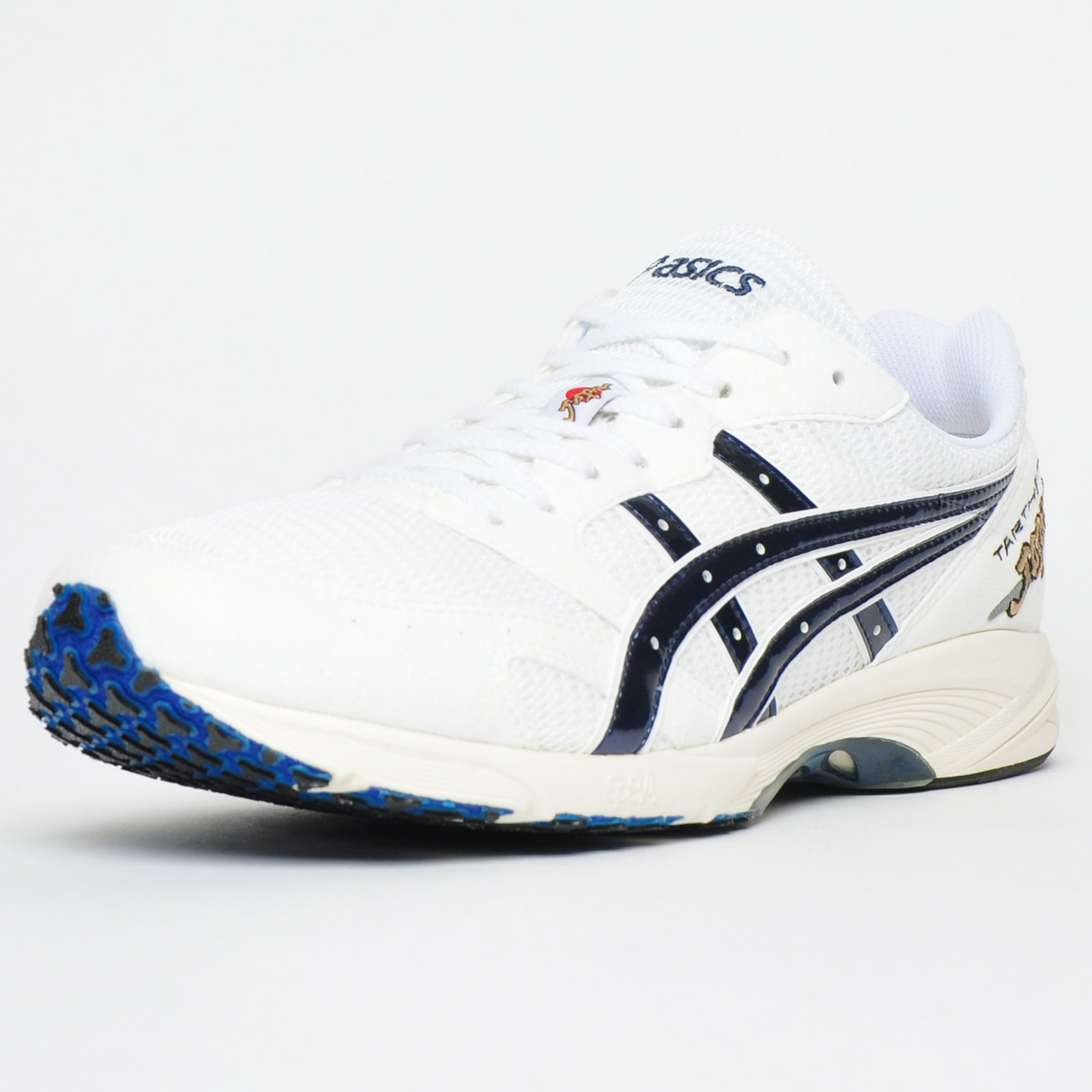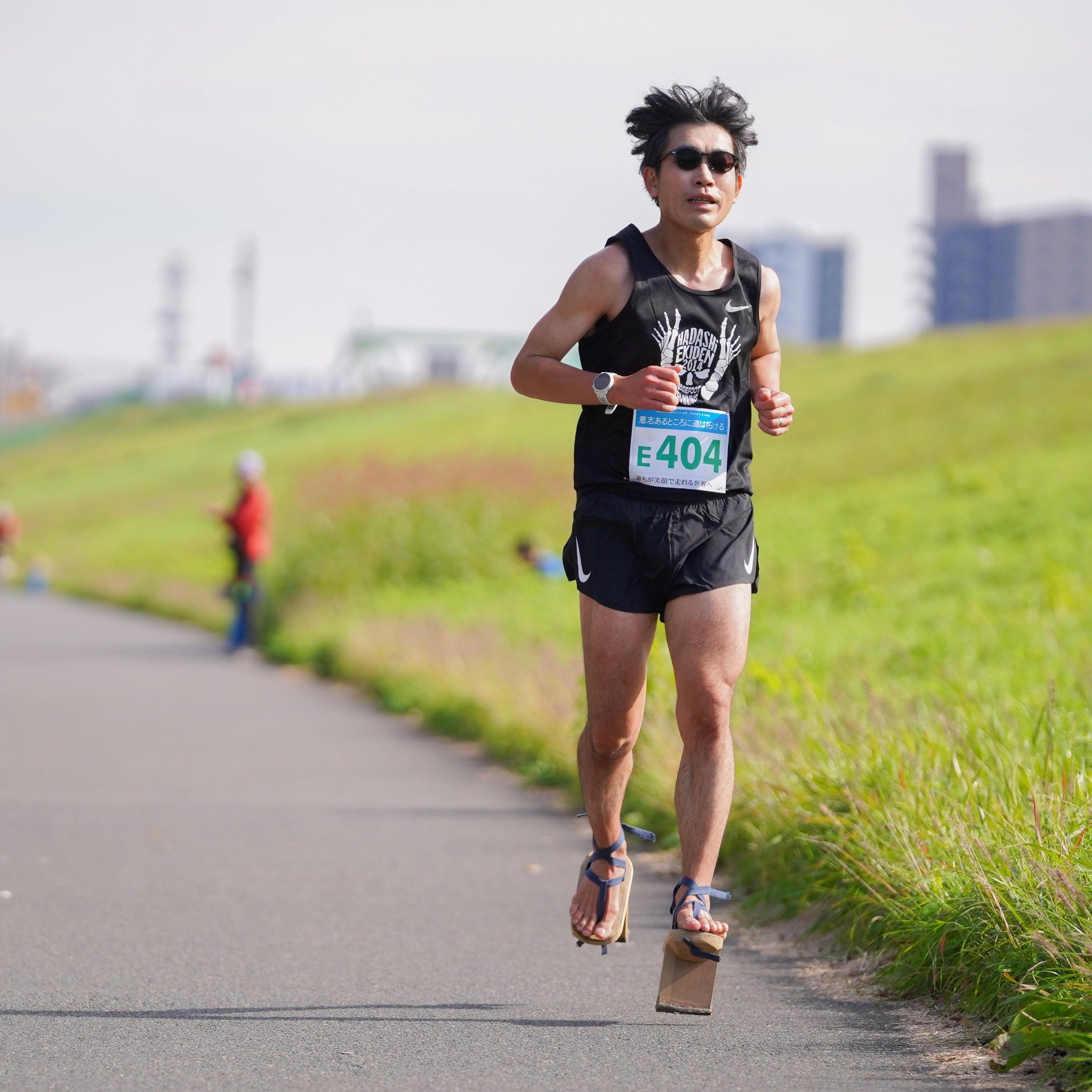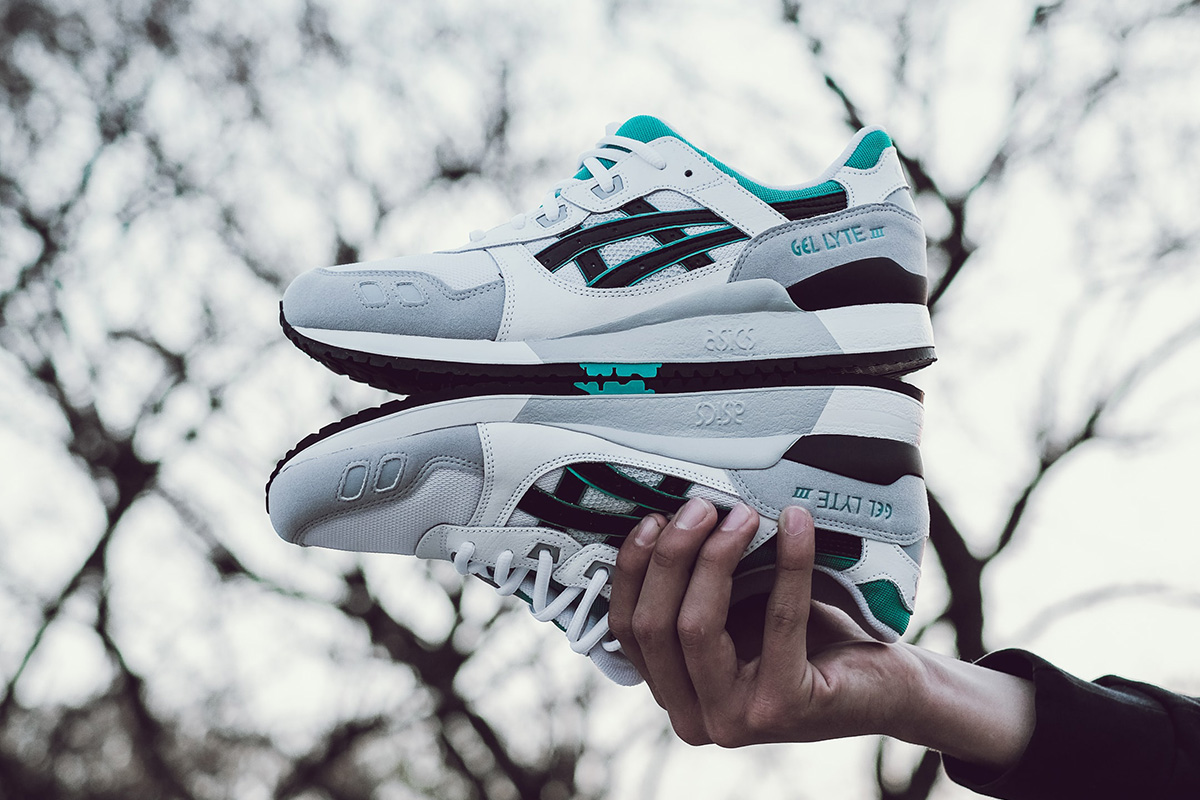Japanese running shoes have taken the world by storm, captivating runners with their unparalleled combination of lightweight materials, advanced cushioning systems, and sleek designs. From their humble origins to their current dominance in the global market, Japanese running shoes have left an enduring mark on the sport.
In this comprehensive guide, we delve into the fascinating world of Japanese running shoes, exploring their historical evolution, key features, brand comparisons, and cultural significance. Whether you’re a seasoned runner or just starting your fitness journey, discover why Japanese running shoes are the perfect choice for performance, comfort, and style.
Historical Evolution of Japanese Running Shoes
Japanese running shoes have a rich history, dating back to the early 20th century. The first Japanese running shoes were made of canvas and rubber, and were designed for use by schoolchildren. In the 1950s, Japanese shoemakers began to experiment with new materials and designs, and by the 1960s, Japanese running shoes were known for their quality and performance.
In the 1970s, Japanese running shoes became popular with runners around the world. This was due in part to the success of Japanese runners in international competitions, such as the Olympic Games. Japanese shoemakers also began to develop new technologies, such as the use of EVA foam in midsoles, which provided improved cushioning and support.
Iconic Japanese Running Shoe Models
Some of the most iconic Japanese running shoe models include:
- Onitsuka Tiger Mexico 66:This shoe was first released in 1966 and is still popular today. It is known for its distinctive design and its lightweight construction.
- Asics Gel-Lyte III:This shoe was released in 1990 and is known for its comfortable fit and its stylish design.
- Mizuno Wave Rider:This shoe was released in 1997 and is known for its stability and its responsive cushioning.
Key Features and Design Elements
Japanese running shoes are renowned for their exceptional performance and comfort, thanks to their innovative design elements and advanced technologies.
One of the most striking features of Japanese running shoes is their lightweight construction. Utilizing high-tech materials like carbon fiber and ultra-thin meshes, these shoes minimize weight without compromising durability. This lightness allows runners to conserve energy and move with greater agility.
Advanced Cushioning Systems
Japanese running shoes incorporate cutting-edge cushioning systems to absorb impact and enhance comfort. Gel technology, a signature innovation of Japanese brands like Asics, utilizes silicone-based gels to provide exceptional shock absorption. Other advanced cushioning materials, such as FlyteFoam and Boost, offer responsive cushioning and energy return, propelling runners forward with every stride.
Ergonomic Design
Japanese running shoes are meticulously designed with ergonomics in mind. They feature contoured insoles that conform to the natural shape of the foot, providing optimal support and reducing fatigue. The shoes’ uppers are constructed with breathable fabrics that promote airflow and keep feet cool and dry.
Enhance your insight with the methods and methods of sandusky career center.
Additionally, the shoes’ outsoles are engineered with traction patterns that enhance stability and grip on various surfaces.
Traditional Japanese Aesthetics and Craftsmanship
Japanese running shoes seamlessly blend modern technology with traditional Japanese aesthetics. The shoes often incorporate subtle design elements inspired by Japanese culture, such as the use of vibrant colors and intricate patterns. The shoes are also crafted with meticulous attention to detail, reflecting the renowned craftsmanship of Japanese artisans.
Expand your understanding about crab rangoon pizza near me with the sources we offer.
Brand Comparison and Market Share: Japanese Running Shoes
Japanese running shoe brands have carved a significant niche in the global footwear market, boasting a reputation for innovation, quality, and performance. Leading brands such as Asics, Mizuno, and Hoka One One have established a strong presence, offering a wide range of products tailored to the needs of runners of all levels.
Further details about san marcos market is accessible to provide you additional insights.
Asics, known for its iconic Gel technology, has consistently maintained a strong market share. The brand’s focus on research and development has resulted in advanced cushioning systems and stability features, making its shoes popular among serious runners and fitness enthusiasts alike.
Mizuno
Mizuno, another prominent player in the Japanese running shoe market, has earned a reputation for its Wave technology, which provides a combination of cushioning and support. The brand’s shoes are known for their durability and performance, making them a favorite among distance runners and marathoners.
Hoka One One
Hoka One One, a relatively new entrant in the market, has quickly gained popularity with its unique oversized midsoles. The brand’s shoes offer exceptional cushioning and stability, catering to runners seeking a comfortable and responsive ride. Hoka One One has targeted the trail running and ultra-running segments, gaining a loyal following among endurance athletes.
The Japanese running shoe market is highly competitive, with several other brands vying for market share. Nike, Adidas, and New Balance have a significant presence in the global market, including Japan. However, Japanese brands have managed to differentiate themselves through their focus on innovation, craftsmanship, and a deep understanding of the needs of Japanese runners.
The market size for Japanese running shoes is estimated to be around $2 billion, with a steady growth rate of approximately 5% annually. The increasing popularity of running as a fitness activity, coupled with the growing awareness of the benefits of high-quality footwear, is driving the growth of the market.
Japanese brands are well-positioned to capitalize on this growth, leveraging their reputation for quality and performance.
Impact on Running Performance and Health
Japanese running shoes have gained popularity among runners of all levels due to their unique design features that can positively impact running performance and health. These shoes are engineered with advanced technologies and materials that provide several benefits:
– Improved Running Efficiency:The lightweight and flexible construction of Japanese running shoes reduces energy expenditure during running. The streamlined design and responsive cushioning allow runners to maintain a more efficient stride, leading to faster times and reduced fatigue.
– Reduced Injuries:The advanced cushioning and support systems in Japanese running shoes help absorb impact and protect the feet, ankles, and knees from injuries. The stable and supportive construction minimizes excessive pronation and supination, reducing the risk of common running injuries like plantar fasciitis, shin splints, and stress fractures.
Finish your research with information from eternal games chesterfield.
– Enhanced Overall Performance:The combination of improved running efficiency and reduced injuries can lead to enhanced overall running performance. Runners who wear Japanese running shoes often report improved speed, endurance, and recovery time.
Scientific Evidence
Several scientific studies have supported the benefits of Japanese running shoes on running mechanics and health. A study published in the journal “Sports Medicine” found that runners who wore Japanese running shoes experienced a significant reduction in impact forces and muscle activity during running.
Another study published in the “Journal of Applied Biomechanics” showed that Japanese running shoes improved running economy, reducing the energy cost of running.Experts in the field of running biomechanics have also recognized the positive impact of Japanese running shoes. Dr.
Investigate the pros of accepting six and twenty in your business strategies.
Irene Davis, a renowned running coach and biomechanics expert, states, “Japanese running shoes are designed to provide runners with a more efficient and comfortable running experience. They can help reduce injuries, improve performance, and make running more enjoyable.”
Cultural Significance and Marketing Strategies
Running shoes hold immense cultural significance in Japan, symbolizing athleticism, fitness, and a healthy lifestyle. They have become an integral part of popular culture, appearing in anime, manga, and television shows.
Japanese running shoe brands have employed innovative marketing strategies to reach global audiences. They have partnered with renowned athletes, collaborated with fashion designers, and leveraged social media to create a strong online presence.
Celebrity Endorsements, Japanese running shoes
- Japanese running shoe brands have partnered with prominent athletes like Eliud Kipchoge and Mo Farah to endorse their products.
- These partnerships enhance brand credibility and appeal to a wider audience.
Social Media Marketing
- Japanese running shoe brands actively engage with their followers on social media platforms like Instagram and Twitter.
- They share product updates, athlete stories, and running tips to build a loyal community.
Brand Collaborations
- Japanese running shoe brands have collaborated with fashion designers like Yohji Yamamoto and Junya Watanabe to create limited-edition collections.
- These collaborations fuse athleticism with high fashion, appealing to a broader customer base.
Closing Notes
As we conclude our exploration of Japanese running shoes, it’s clear that these footwear marvels have revolutionized the running experience. Their unwavering commitment to innovation, craftsmanship, and cultural heritage has made them the gold standard for runners worldwide. Whether you’re seeking to improve your running efficiency, reduce injuries, or simply elevate your style, Japanese running shoes are the answer.
FAQ Explained
Are Japanese running shoes worth the price?
Yes, Japanese running shoes are generally considered worth the price due to their superior quality, advanced technology, and exceptional performance.
What are the key features of Japanese running shoes?
Japanese running shoes are known for their lightweight materials, advanced cushioning systems, ergonomic design, and traditional Japanese aesthetics.
Which Japanese running shoe brand is the best?
There are several leading Japanese running shoe brands, including Asics, Mizuno, and Hoka One One, each with its own strengths and unique offerings.





